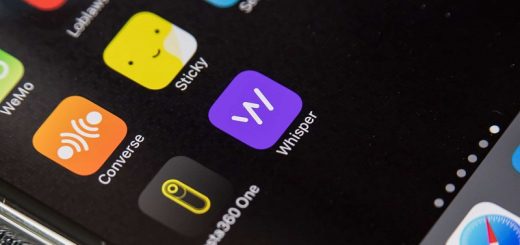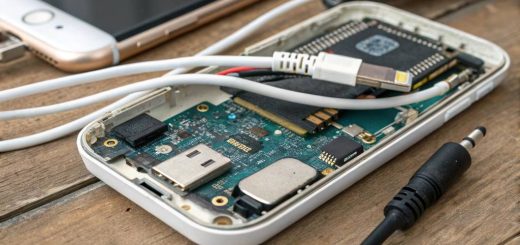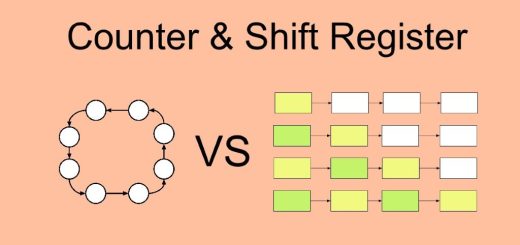What is Allow Display Over Other Apps?
In today’s digital age, where mobile applications play a significant role in our daily lives, the concept of “Allow Display Over Other Apps” has gained prominence. This feature refers to the capability of an app to appear on top of other applications, providing users with a seamless multitasking experience. In this article, we will explore the ins and outs of “Allow Display Over Other Apps” and delve into its functionalities, benefits, and potential drawbacks. So, let’s dive in and discover more about this intriguing feature.
Understanding “Allow Display Over Other Apps”
“Allow Display Over Other Apps” is a permission setting available in many mobile operating systems, including Android and iOS. This feature grants certain applications the ability to overlay their user interface on top of other apps running in the foreground. By enabling this permission, users can view and interact with content from one app while simultaneously using another. Find out how to turn on display over other apps.
How Does It Work?
When an application has the “Allow Display Over Other Apps” permission, it can utilize system-level APIs to draw its interface elements on top of other running applications. This enables the app to create floating windows, pop-up dialogs, or persistent overlays above the current foreground app.
Use Cases and Benefits
1. Enhanced Productivity
“Allow Display Over Other Apps” offers a range of productivity-enhancing possibilities. Imagine you are taking notes during a video conference, and suddenly you receive an important message. With this feature, you can continue watching the conference while promptly responding to the message without the need to switch between apps constantly. This seamless multitasking capability can significantly improve productivity and efficiency.
2. Real-time Information
Certain applications can leverage “Allow Display Over Other Apps” to provide users with real-time information without interrupting their current tasks. For example, a weather app can display the current temperature and forecast in a small overlay while users browse the web or use other apps. This allows users to stay informed without needing to switch to the weather app explicitly.
3. Floating Tools and Controls
The ability to overlay user interfaces on top of other apps opens up opportunities for floating tools and controls. Applications can create small, movable widgets that provide quick access to essential functionalities, such as media playback controls, calculator, or a mini web browser. These floating tools can enhance user experience by providing convenient access to commonly used features.
4. Chat Head Notifications
You might have come across chat head notifications on messaging apps like Facebook Messenger. This feature utilizes “Allow Display Over Other Apps” to display a small circular avatar representing a chat conversation. Users can continue their current tasks while still being able to view and respond to incoming messages without leaving the app they are using.
Potential Drawbacks and Considerations
While “Allow Display Over Other Apps” offers various benefits, it’s essential to consider potential drawbacks and user privacy concerns.
1. Intrusive Overlays
If not implemented thoughtfully, overlays can become intrusive and hinder the user experience. Poorly designed or excessively large overlays may block crucial information or impede interaction with underlying apps. Developers should ensure that their overlays are appropriately sized, non-obstructive, and respect the user’s context and preferences.
2. Privacy and Security
As overlays have access to other apps’ content, there is a potential risk to user privacy and data security. It is crucial for developers to handle user data responsibly and only request the necessary permissions to maintain user trust. Users should exercise caution when granting “Allow Display Over Other Apps” permission to unknown or untrusted applications.
3. Performance and Battery Impact
Overlaying interfaces on top of other apps requires system resources and can potentially impact device performance and battery life. Developers should optimize their apps to minimize resource usage and ensure that overlays do not consume excessive CPU or battery power.
Conclusion
“Allow Display Over Other Apps” is a powerful feature that enables multitasking and enhances user experience on mobile devices. From productivity gains to real-time information and floating tools, this feature opens up a world of possibilities for developers and users alike. However, balancing the benefits with potential drawbacks, such as intrusive overlays and privacy considerations, is crucial. By implementing this feature thoughtfully and responsibly, developers can create compelling experiences that cater to users’ multitasking needs while maintaining their privacy and security.










